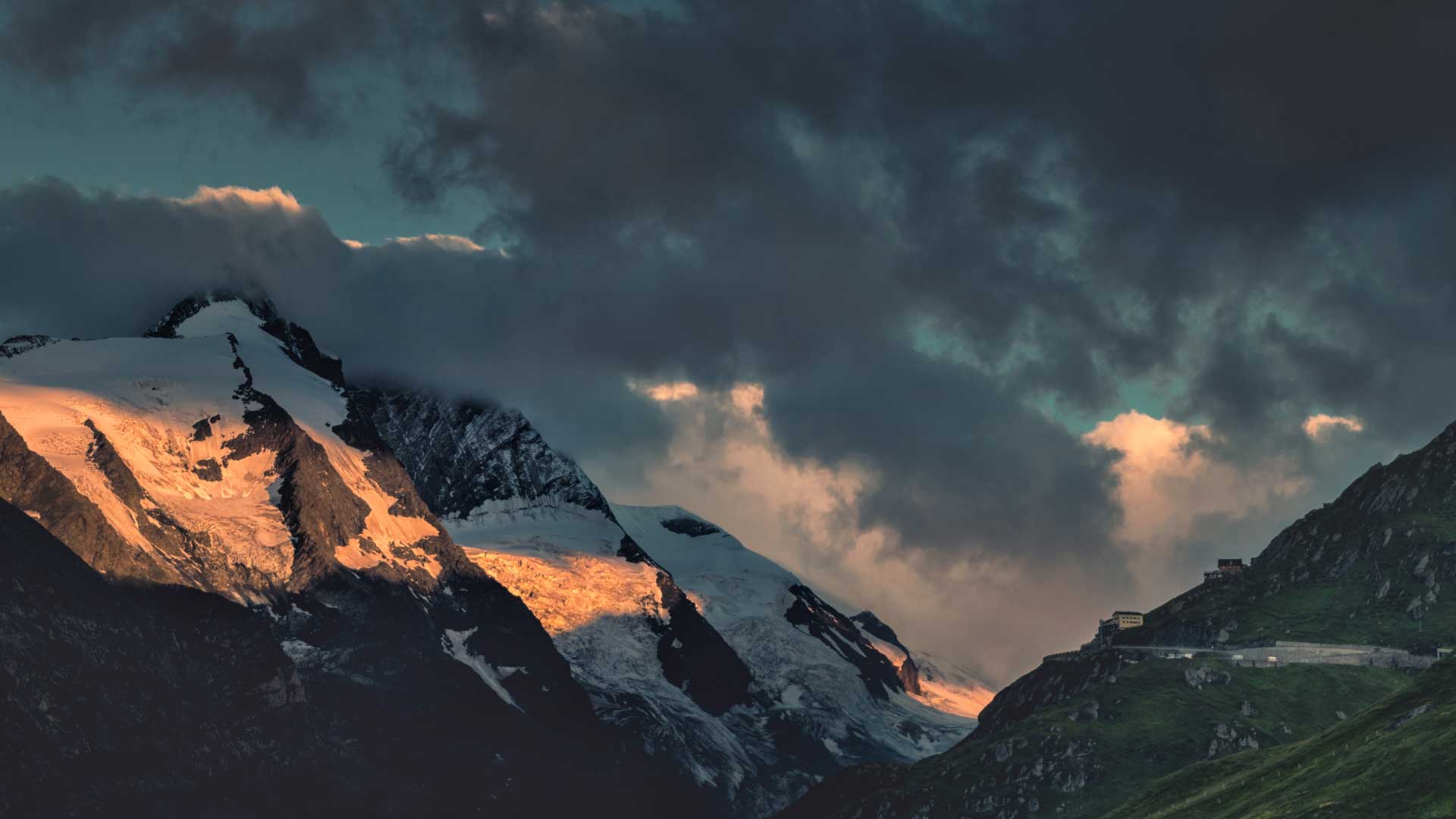They may not be as tall as those of neighbouring France or Switzerland but the highest mountains in Austria are still some of the most beautiful, breathtaking, and downright dangerous in all of Europe. The majority tower above 3,000m and many feature highly technical terrain that can present a significant challenge for even the most hardened of mountaineers and alpinists.
That said, due to their more manageable (albeit still massive) size, many of Austria’s highest mountains are ideal places for budding athletes to hone their skills and gain valuable experience. On the other hand, many intrepid explorers have met their end in the country’s mountain ranges, and peaks such as the Glocknerwand are well known for being extremely difficult to climb.
Keep reading to find out all about the 10 highest mountains in Austria, just how high they are and why you should, or possibly shouldn’t, give them a go yourself.
1. Grossglockner, 3,798m

At not far off 4,000m, the Grossglockner is the highest mountain in Austria and the highest of the Alps east of the Brenner Pass. It lies on the border between Carinthia and Tyrol and its eastern slope is home to Austria’s most extended glacier. The first recorded ascent took place in 1800.
Surprisingly, the Grossglockner is also one of Austria’s most accessible mountains, thanks to the construction of the Grossglockner High Alpine Road in 1935. The road spans 48km, snaking its way up the side of the mountain to an impressive height of 2,576m. If you want to go the rest of the way, you’ll have to put your boots on.








